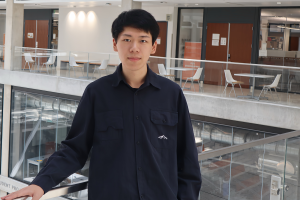Texas ECE Ph.D. student Shupeng Ning received a 2024 Robert S. Hilbert Memorial Optical Design Competition award from Synopsys for his work on “A Hardware-Efficient Silicon Electronic-Photonic Chip for Optical Structured Neural Networks”.
News
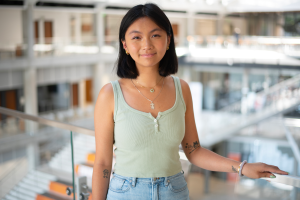
Sunshine Leeuwon, an undergraduate in Texas ECE, has been selected to receive a prestigious MTT-S Undergraduate/Pre-graduate Scholarship from the IEEE Microwave Theory and Technology Society.
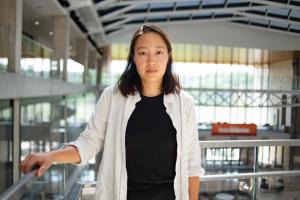
Assistant professor Amy Zhang of Texas ECE received an Army Research Office award for her research project “Combinatorial Generalization through Search-based Planning and Reinforcement Learning” to advance the ability of cyber physical systems to navigate unknown environments, manipulate objects and team with other agents in the open world.
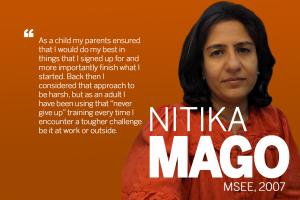
Nitika Mago is a Senior Manager for Balancing Operations Planning at Electric Reliability Council Of Texas (ERCOT). She received her M.S. in electrical and computer engineering from Texas ECE in 2007. We sat down with Nitika to talk about what she is doing now, and her time in Texas ECE.
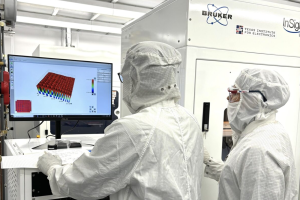
The Texas Institute for Electronics (TIE) at The University of Texas at Austin has been selected to engineer the next generation of high-performing semiconductor microsystems.

Vakhtang Chulukhadze of Texas ECE received the Outstanding Poster Award at the Hilton Head Workshop on Solid-state sensors, Actuators and Microsystems.
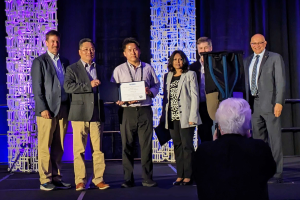
Sinwoo Cho received third place at the 2024 International Microwave Symposium (IMS) Student Paper Competition presented by the IEEE Microwave Theory and Technology Society.
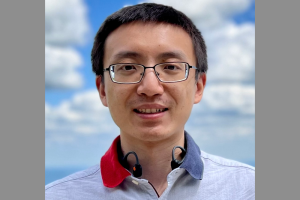
Texas ECE alumnus Wuyang Chen has been announced as the recipient of two major dissertation awards recently. He received the International Neural Network Society (INNS) Doctoral Dissertation Award as well as the iSchools Doctoral Dissertation Award 2024.
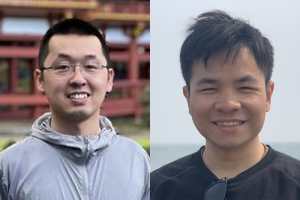
Junyuan Hong and Feng (Jeff) Liang have been named MLCommons Rising Stars for 2024. MLCommons Rising Stars are awarded for students "who have demonstrated excellence in Machine Learning (ML) and Systems research and stand out for their current and future contributions and potential."
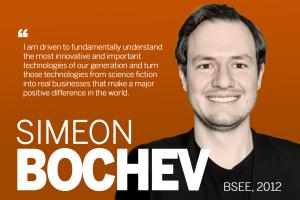
Simeon Bochev received his B.S. in electrical engineering from Texas ECE in 2012. He went on to receive a Master of Science, Finance from the McCombs School of Business at UT Austin and an MBA from Harvard Business School. We sat down with Simeon to talk about what he is doing now and his time in Texas ECE.
